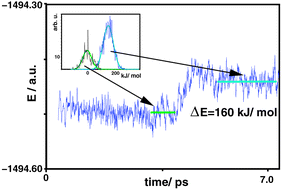Adsorption of small organic molecules on anatase and rutile surfaces: a theoretical study
Abstract
The

- This article is part of the themed collection: Analysis, manipulation, and simulation on the nanoscale
* Corresponding authors
a
Institut für Biochemie, Universität Greifswald, Greifswald, Germany
E-mail:
langel@uni-greifswald.de
Fax: +49 (0)3834 86 4475
Tel: +49 (0)3834 86 4423
The

 Please wait while we load your content...
Something went wrong. Try again?
Please wait while we load your content...
Something went wrong. Try again?
S. Köppen and W. Langel, Phys. Chem. Chem. Phys., 2008, 10, 1907 DOI: 10.1039/B719098K
To request permission to reproduce material from this article, please go to the Copyright Clearance Center request page.
If you are an author contributing to an RSC publication, you do not need to request permission provided correct acknowledgement is given.
If you are the author of this article, you do not need to request permission to reproduce figures and diagrams provided correct acknowledgement is given. If you want to reproduce the whole article in a third-party publication (excluding your thesis/dissertation for which permission is not required) please go to the Copyright Clearance Center request page.
Read more about how to correctly acknowledge RSC content.
 Fetching data from CrossRef.
Fetching data from CrossRef.
This may take some time to load.
Loading related content
